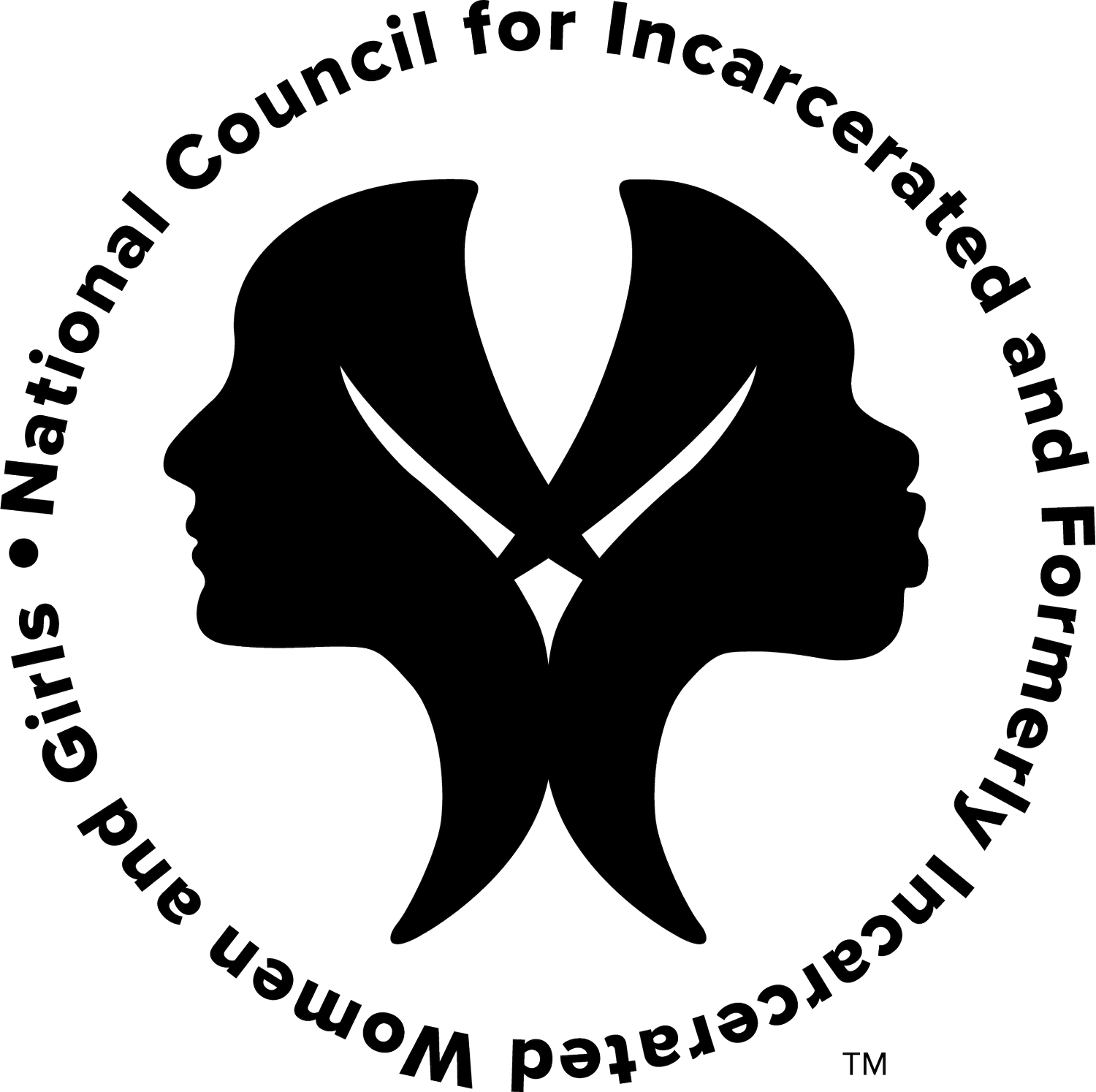Reducing Women’s Incarceration in Colombia
The incarceration of women is a worldwide phenomenon, and women worldwide are being put behind bars at a much faster rate than men. According to the World Female Imprisonment List, in 2017, more than 714,000 women and girls were incarcerated worldwide. Between 2000 and 2017, the total female prison population worldwide increased by 53 percent, while that of men rose by 19 percent.
The United States bears much blame for this tragedy by exporting its punitive and harsh drug laws. In many countries, women behind bars for drugs represent anywhere from 30 to 80 percent of the female prison population – often much more than that of men. Nowhere is this more evident than in Colombia, which U.S. policymakers blame as one of the primary “source” countries of illegal drugs, specifically cocaine. The US has provided millions of US dollars in military, police, and other forms of assistance to Colombia to “combat” drug trafficking. This huge expenditure of US taxpayer dollars hasn’t made a dent in the illegal drug trade, but it has had devastating consequences for those on the front lines of the US “war on drugs.” Nowhere is this more evident than in the countries’ abysmally poor and overcrowded prisons. Nearly half of all women in prison in Colombia are there because of failed U.S. drug policies. The vast majority are mothers, often single heads of household, living in situations of poverty and marginalization.
A new initiative to reduce women’s incarceration in Colombia could significantly reduce that number if fully and effectively implemented. Legislation adopted in the Colombian Congress would allow for unpaid community service as an alternative to incarceration for women who are single heads of households and meet a series of conditions. After former President Iván Duque refused to sign the legislation into law, Colombia’s Constitutional Tribunal announced a landmark ruling on July 6, 2022, recognizing the disproportionate impact of incarceration on women and declaring that the president’s objections are without merit. As a result, the law could go into effect by September 2022.
This legislative victory results from a three-year campaign by Mujeres Libres, or Free Women (a group of formerly incarcerated women), civil society organizations, academics, and members of congress, among others. They came together in working groups organized by the International Committee of the Red Cross in Colombia to discuss the conditions of inequality, vulnerability, and poverty faced by women and their families impacted by the penitentiary system and to design and promote a draft law on alternative sentencing for women in prison that would take into account their specific needs and seek to reduce the harm caused by incarceration.
The new law applies to women who are single heads of households responsible for minor children, elderly people, or those with permanent disabilities, live in situations of marginalization, and are convicted and sentenced to eight years in prison or less (with the exception of intra-family violence).
It can be implemented retroactively; in other words, those in prison can petition for release. This could potentially impact many women who come into contact with the law in Colombia.
Of particular significance, the legislation states that community service should not interfere with paid labor or educational activities and should contribute to professional and/or educational formation. The law also requires various ministries to design and adopt a public policy and strategy for helping women to train for and obtain employment upon their release. In this way, the initiative recognizes the connection between socioeconomic inequities and incarceration and the need to provide resources and support to women such that they can obtain employment that ensures a decent living.
The law is far from perfect. Women must first be convicted rather than diverted from the criminal justice system. The community service is unpaid. Beneficiaries will have to show that they come from situations of poverty, yet it is not clear how that will be determined. Moreover, implementing the law will be complicated and necessitate adequate state resources. Perhaps most importantly, to truly begin to empty Colombian prisons, the present punitive approach to drugs is fundamentally transformed; it is long past time to transition to legal, regulated markets for substances now deemed illicit.
Only time will tell if the law to provide alternatives to incarceration will significantly reduce women’s incarceration in Colombia. However, it is the first step in moving away from punitive approaches that put so many women —and men— behind bars. In the meantime, Mujeres Libres will continue to fight to end the incarceration of women and girls in Colombia.
Authors:
Claudia Cardona, Director of Mujeres Libres Colombia.
Coletta Youngers, International Outreach Coordinator, The National Council for Incarcerated and Formerly Incarcerated Women and Girls.

